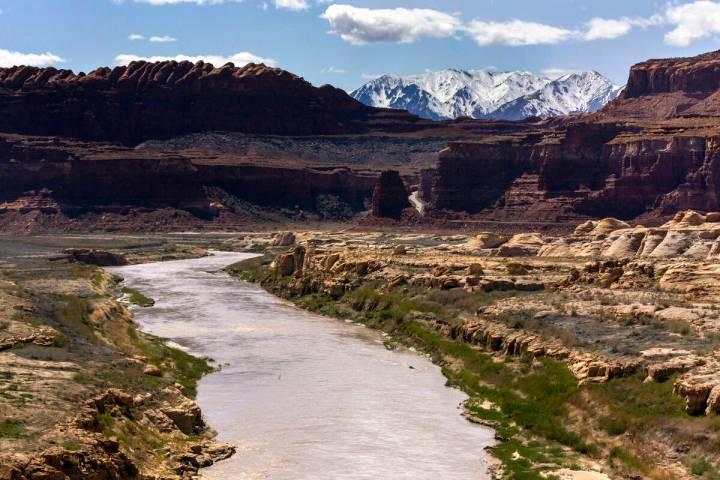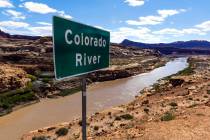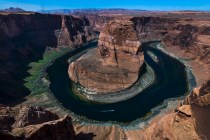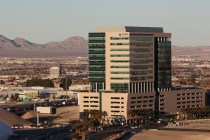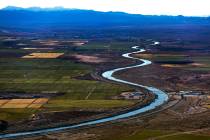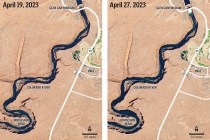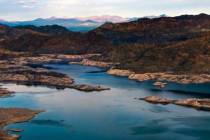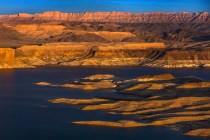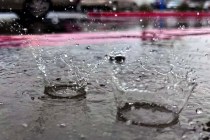A leak at a wastewater pumping station caused the sewage to spill out of a manhole, and some of it ended up in a wash that leads to Lake Mead.
Lake Mead
Nevada is the first state in the nation to give a local water agency the power to limit individual home water use.
Nevada Sen. Jacky Rosen said Lake Mead National Recreation Area will receive the funding to address the effects that long-term drought have had on the reservoir.
A bill that would give the SNWA the power to limit water use in single-family homes in the Las Vegas Valley was approved by the state Senate.
The lawmakers discussed a plan that would bridge protections for the Colorado River’s water reserves.
As much as one-third of Nevada’s normal share of the Colorado River would stay in Lake Mead, but officials say Las Vegas has been getting ready for this for years.
Memorial Day weekend is expected to bring a surge of people to Lake Mead National Recreation Area, and officials say safety will be “priority number one.”
Nevada, California and Arizona have reached agreement on a plan to dramatically reduce water use along the Colorado River.
The budget includes nearly $400 million for major construction projects across the valley aimed at improving the resiliency and capacity of the valley’s water system.
If the bill were to become law, Nevada would be the first state to give a water agency the power to cap the amount of water that flows into individual homes.
A torrent of water was released from Glen Canyon Dam last month as a way of shoring up the sandbars and beaches along the Colorado River.
Lake Mead is planning to close a boat ramp and move some toilets and dumpsters to prepare for an influx of water from Glen Canyon Dam.
The Nevada Assembly voted 30-12 in favor of a wide-ranging water conservation bill that could lead to caps on residential water use in Las Vegas.
After dropping more than 50 feet since 2000, latest forecasts show Lake Mead rising by roughly 22 feet by the end of the year.
The U.S. Drought Monitor says storms dropped so much water this winter that less than one-quarter of Nevada remains in drought.









